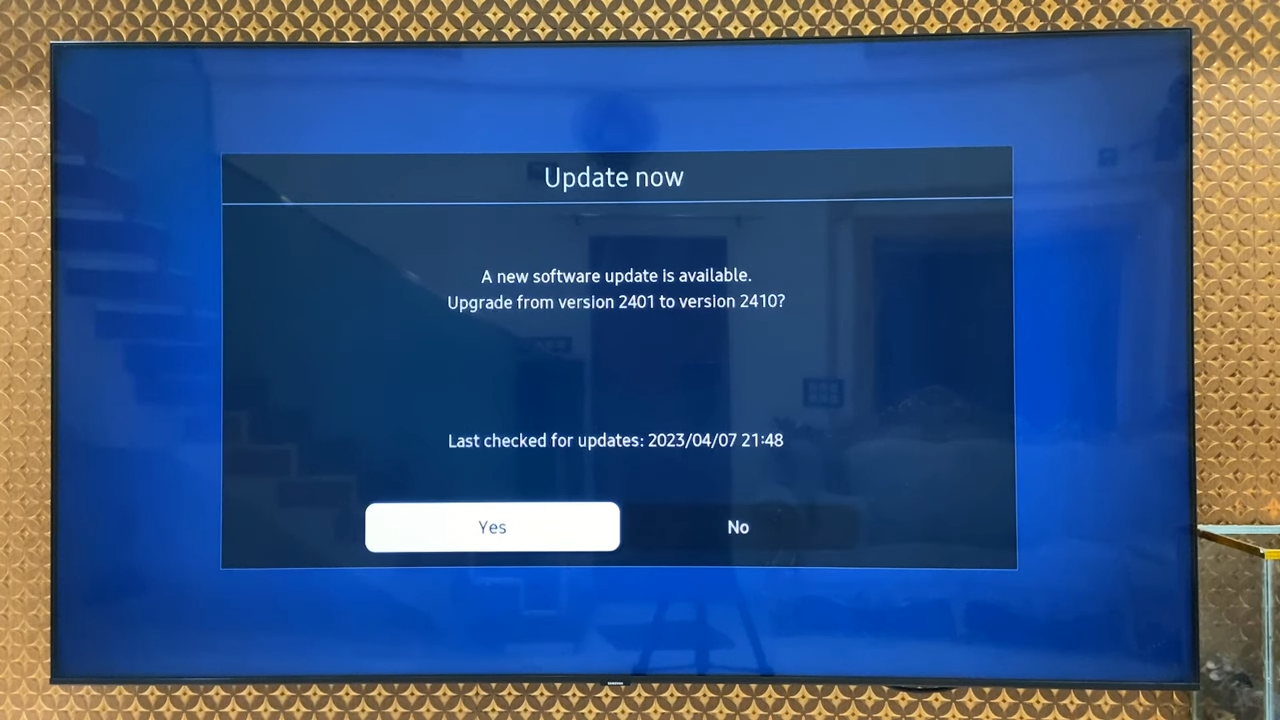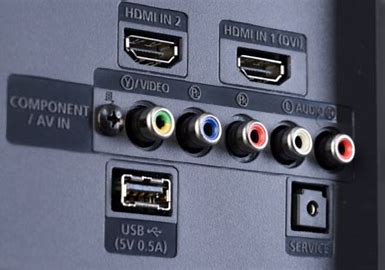7 Easy Solutions to Fix TV with Display But No Sound [Guide]
TV has long been an integral part of our daily lives, offering a window into the world of news, entertainment, and information. Hence, facing a TV with a display but no sound can be frustrating. Sound issues can arise due to manufacturing defects, regular wear and tear, or even simple settings mishaps.
This article will delve deeply into the issue and provide effective solutions to resolve it, contextualizing the fixes with their causes. Let’s begin.
Table of Fixes:

How to fix TV with no sound
Before starting, let us look at some basic things you might have overseen that could be causing your TV to have no sound. First of all, make sure that your TV is not muted (duh). Although this is probably the first thing you have done, still throwing it out there for people who might not have considered this possibility.
Secondly, check that your TV is not at a very low volume to not appear muted. This also applies to external devices like cable boxes, DVD players, streaming boxes, etc. whose individual volumes should also be checked. Another thing you should do is check if the issue lies on with the particular content . Change the channel or video and see if the audio gets restored; if it does, contact your cable provider and inform them of the issue.
1. Power cycle the TV
Starting off, you should power cycle your TV. This issue could very well have been caused due to a software bug. These bugs can quickly be resolved by power cycling the device. You can do so by turning off the TV, completely removing it from power, and after 20 seconds turning it on again. Once the TV turns on, see if the issue persists.
2. Update Software
Smart TVs and streaming devices such as a Roku, regularly receive software updates from their manufacturers. Such updates resolve bugs and errors in the previous versions and introduce new features. If your TV has not received proper updates then the no-picture issue can develop.
Checking for updates on a smart TV can vary depending on the brand and model of your TV, that’s why we’ve used different images to signify this. However, the general process is usually similar across most smart TVs and devices:
- Turn on your TV and ensure it is connected to the internet.
- Press the “Menu” or “Settings” on your TV remote. This will usually bring up an on-screen menu.

- In the Settings menu, look for a section related to system updates, software updates, or something similar. This might be labeled as “System,” “Support,” “About,” or “Software Update.”

Software Update Option - Within the system or software update section, there should be an option to check for updates. This could be named “Software Update,” “Check for Updates,” or a similar phrase.

- Select the “Check for Updates” option and follow any on-screen prompts. Your smart TV will start searching for available updates.

- If updates are available, your TV will prompt you to download and install them. Follow the on-screen instructions to initiate the update process.

- After the updates are downloaded and installed, your TV may require a restart to apply the changes. Follow any prompts to restart your TV.
- Once restarted, this issue will be resolved.
3. Prevent TV from Overheating
Another cause of this issue can be your TV overheating. When a TV overheats, it does not function properly, and issues like no sound can arise. You can check if this is the cause by monitoring the TV temp while facing the issue.
If the temperature is high, you should allow the TV to cool off by powering it off for some time. To prevent future overheating, make sure that the TV is in a well-ventilated space, so it becomes easier to dissipate the heat. Also, avoid leaving the TV continuously for long periods to prevent overheating.

4. Check External Connections
Sometimes we use external devices, such as cable boxes, or consoles, for our TV. They are connected to HDMI ports or use conventional RCA cables, all of which are added factors in the equation. If the connections are loose or the cables are damaged, it can cause the audio to be muted.
Ensure all cords are correctly inserted into their respective ports and not damaged at any point. Inspect cables for fraying, bent connectors, or any visible damage that might impair the audio signal. While doing this, disconnect any external device and see if the sound returns. In case it does, you should troubleshoot the external device, as it was the one causing the problem.

5. Check the Audio Output
It is also possible that you or someone else using the TV has changed the audio output device. This device could be wired or wireless, depending on if your TV has Bluetooth. Go to your device settings, then audio settings, and check the output device. If any other device is selected, return it to default TV speakers. Doing so will resolve this issue, and the audio will return.
This is one of the most common audio troubleshooting fixes in any device, especially Windows computers where the playback device can easily get switched around causing you to panic. A similar thing can happen to your TV, so make sure to check this thoroughly before proceeding. Navigating to the audio settings will differ among TV brands so just Google your TV (model number) and see how it’s done.
6. Reseat All Connections
Sometimes, the simplest solutions are the most effective. If you’ve gone through the previous steps without success, it might be a good idea to reseat all connections as it’s a classic troubleshooting step that works in many cases.
- Turn off your TV and unplug it from the wall or your extension.
- Remove every single external device such a console or a media player.
- Remove all cables such as HDMI cables or audio cables coming from/going to a receiver.
- Ensure your TV has nothing connected to it, then power cycle it as described in Solution 1.
- Plug everything back in one-by-one based on priority and keep checking. For instance, start with only your audio gear and no other external connection to ensure it’s back up and running. Then plug everything else back in. This will help eliminate any variables that might be the culprit.

Sometimes, merely reseating the connections can reestablish a lost connection or resolve a minor issue that was preventing the sound from working. While you’ve unplugged everything, it’s good practice to inspect it all separately one more time as well.
7. Reset the TV
If all previous methods do not work for you, you can try to reset your TV as a last resort. Doing so will restore all the settings to the system default and remove all your data, such as installed applications and login info so be warned. The general steps for resetting a TV are as follows:
- Use your TV remote to navigate to Settings.

- Under the “System,” “General,” “Support,” or “Self Diagnosis” section of the settings menu, look for an option that refers to “Reset,” “Factory Reset,” or “Reset to Default.”

Reset TV option| Suport.com - Select this option and confirm this action in the prompt.

- Once you’ve confirmed the reset, the TV will begin the reset process. This may take a few minutes, and the TV will restart and restore its default settings.
- After your TV restarts, set it up; hopefully, the issue has been resolved.
Conclusion
We are optimistic that the sound on your TV has returned by following the above-mentioned steps. In the rare chance it has not, we advise you to contact your TV manufacturer’s customer support; they will be further able to guide you on what to do and arrange a physical checkup if necessary.
If your TV is under warranty, consult your warranty documentation or the manufacturer’s support before attempting more invasive fixes, as you may risk voiding the warranty.
FAQs
Various factors, such as audio settings, cable connections, software glitches, or hardware problems, might cause this issue. The article provides comprehensive solutions to address these potential causes.
Inspect all cable connections between the TV and external devices like DVDs or cable boxes, ensuring they’re securely plugged in. Reseating the cables, as described in the article, may also resolve the problem.
Software updates may include fixes for bugs and errors that could cause sound issues. Regularly checking for and installing updates ensures optimal performance and may resolve sound problems.
If the issue persists after trying all troubleshooting steps, contacting the TV manufacturer or seeking professional help might be necessary. They can provide guidance specific to your TV model.
Regular maintenance like updating software, checking connections, ensuring proper ventilation to prevent overheating, and monitoring audio settings can help prevent future sound issues.
.
 Reviewed by
Reviewed by 




